Brussels is the meeting point for three nationalities whose most important identity trait is their respective languages: French, Walloon and Flemish. All three are official languages of Belgium.
The unique taste of Brussels and its leadership as one of the main promoters of the European Union, as well as its beautiful palaces, cathedrals and parks and its cultural and artistic life, make it a pleasant and obligatory visit if you go to Europe.
Here we give some must-see items that we got to know on our visit to this beautiful city.

The Grand Place
The central square of Brussels is the Grand Place or Grand Square. It is the center of the social and cultural life of the city.
In winter stands out the decorations of moving lights to the beat of the music on the buildings, while in spring and summer the “tapestries of flowers” stand out, which are true carpets of flowers throughout the place.
The square is dominated by two large buildings: the Museum of the City of Brussels and the City Hall.
In the Museum of the City of Brussels has samples of art and history of the city since medieval times. The museum is located in a building called La Maison du Roi (The King’s House), built in the 70s and 80s of the nineteenth century, in neo-Gothic style and which today is a UNESCO World Heritage Site.
On the other side of the square, is the stately and old building of the City Hall, a building dating from medieval times and which is built in true Gothic style. Its oldest parts are more than 600 years old.
Near the Grand Place is a remarkable fountain because it is the home (or bath) of the Manneken Pis (Little Man who makes Pee), a symbol of the carefree and open-mindedness of the people of Brussels.
One sees in the source the replica, which dates from 1965. The original statue is in the Brussels City Museum and is a 400-year-old “child”.
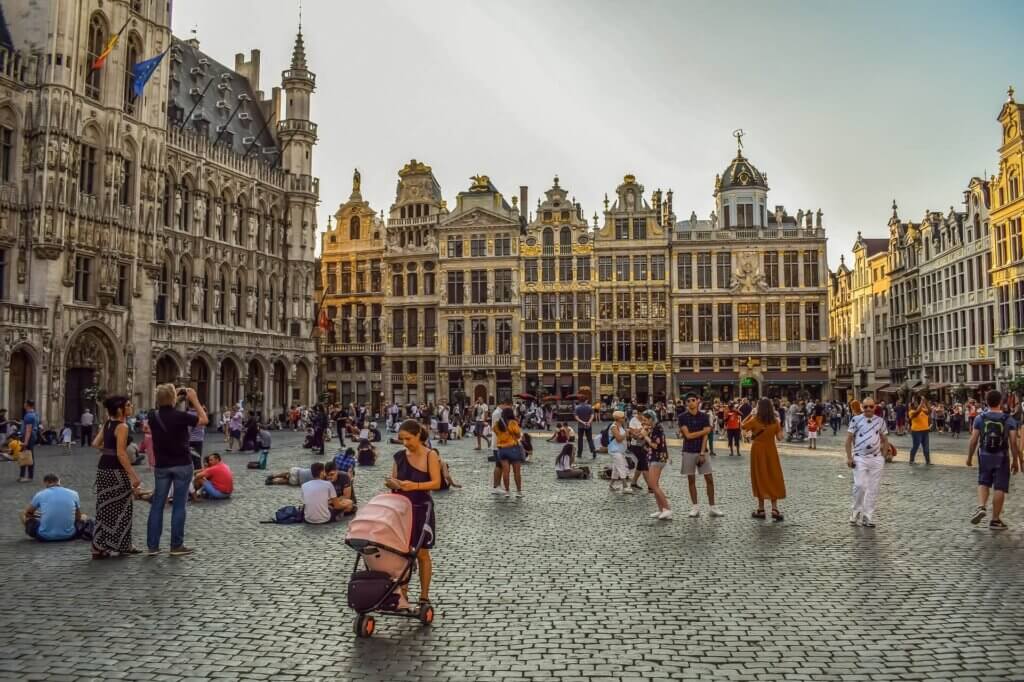
Belgian Flavors
Our visit to Brussels did not extend much, so we could not do a gastronomic tour as we would have liked.
But there are two things that if we want to highlight: chocolates and beers.
The Belgian chocolate tradition goes back centuries. The artisan chocolatier or chocolate artisan is as respected as any grand chef in the kitchen.
The variety and quality of the chocolates rivals the Swiss tradition. The delicate and varied flavors of the chocolate offer are really exquisite. In Venezuela, we were addicted to a famous chocolate shop called La Praline that we always thought was French, but in reality the owners were Belgian. And from Venezuela comes much of the high quality cocoa used in Belgium.
As for beer, we learned that there are more than a thousand varieties in this small country. Some are drunk at room temperature, unlike what we are used to in Latin America.
We spent a night tasting a certain variety of beers and, although we are not very addicted to alcohol, we can say that it was a pleasant experience.
By the way, french fries, called french fries or french fries, are actually a Belgian invention, of which they are proud.
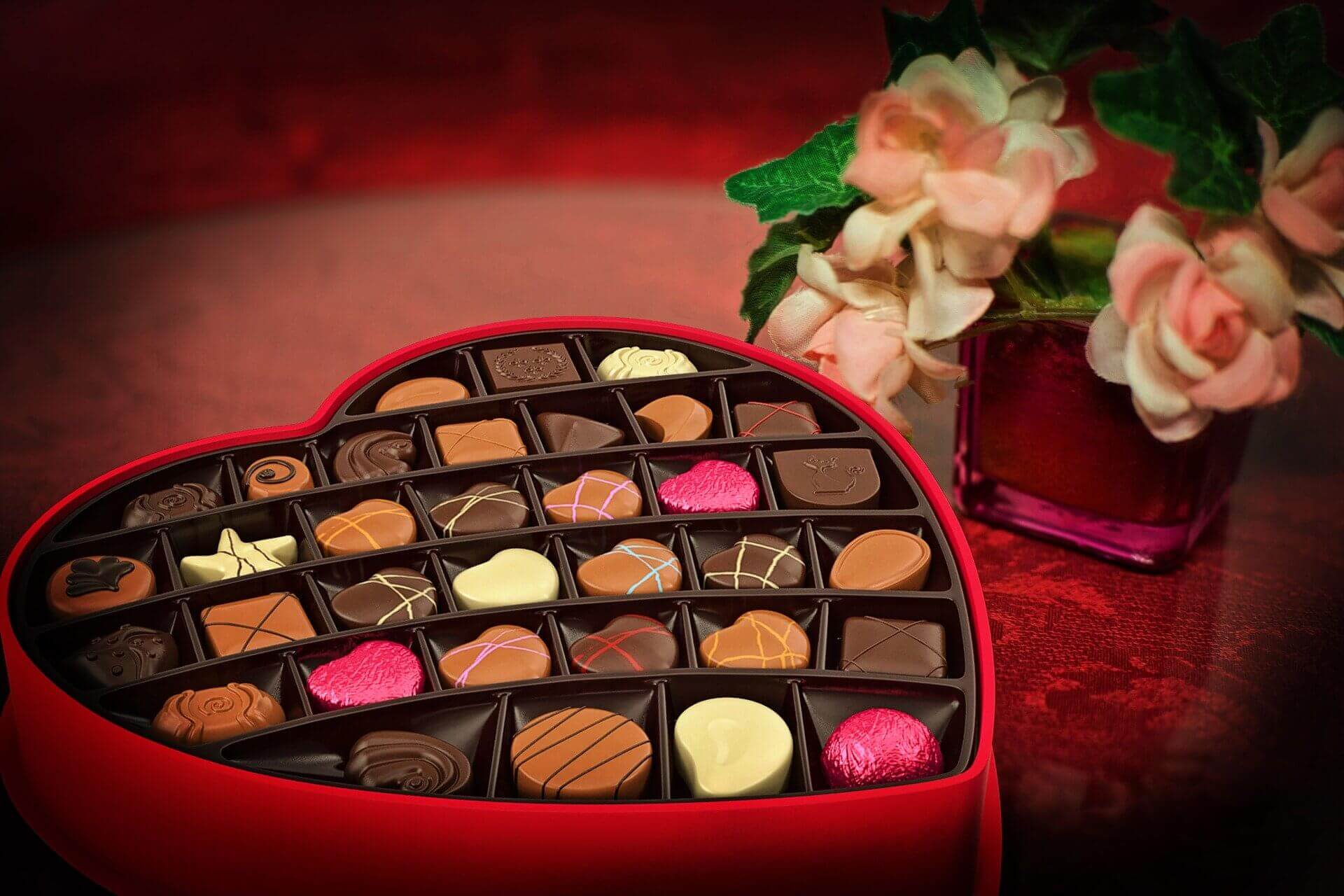
Galleries Saint-Hubert
They are the most famous shopping center in Brussels.
These are several boulevard-like pedestrian streets called galleries,roofed in glass with store facades on both sides.
Highlights include the Galleries du Roi, Gallerie de la Reine and the Gallerie des Princes.
It is a center for luxury shops, antique shops, “outdoor” cafes, all protected under glazed roof from the sometimes inclement climate of Brussels.
These galleries were built in the mid-nineteenth century under the motto “All for All”. Despite the bourgeois motto, they were initially focused on haute couturedesigner shops, so they have given the Belgian capital a decidedly European metropolis air.
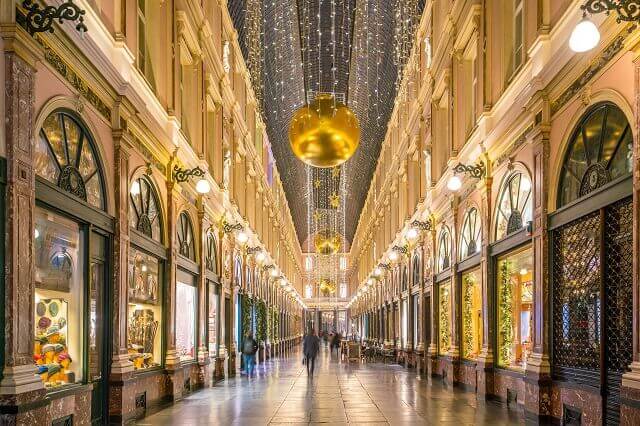
Capital del Comic
In the Belgian Comic Centre you can see the enormous influence that Belgium has exerted on the development of comics. From Belgium are originating the Smurfs, Asterix and Obelix, Tintin, Lucky Luck Spirou and Fantasio,among others.
Located on rue des Sables in Brussels, this true comic museum houses thousands of photographs and drawings, a huge library on the genre and organizes meetings, meetings and conferences with the main Belgian and international comic authors.
The devotion to this genre becomes evident when you see around the city the murals painted with the most popular characters of these comics, constituting in itself, amazing expressions of popular art.
Atomium and Mini Europe
The Atomium is a structure representing an iron atom that was built for the 1958 Brussels World’s Fair.
It has a height of just over 100 meters and is made of steel and aluminum.
You can ascend by elevator to the top sphere and contemplate a panoramic view of the city. Since its construction, it has become the symbol of Brussels, just as the Eiffel Tower is of Paris.
At the foot of the Atomium is the Mini-Europa Park.
It is 24,000 square meters with replicas of architectural, cultural and even natural landmarks of Europe, at a scale of 1:25.
It is a tribute to Europe, which has in Brussels the shared administrative seat of the European Union. You can see detailed replicas of the British Parliament, the Escorial, Cologne Cathedral and Santiago de Compostela, the Eiffel Towers and the Tower of Pisa, the Grand Place in Brussels, the Arc de Triomphe in Paris, the Brandenburg Gate, the Vesuvius volcano and many others.
Thousands of hours of work and tens and even hundreds of thousands of euros were invested in each replica.
The park is adorned with wonderful landscaping of gardens and is an extremely pleasant and recommended tour.
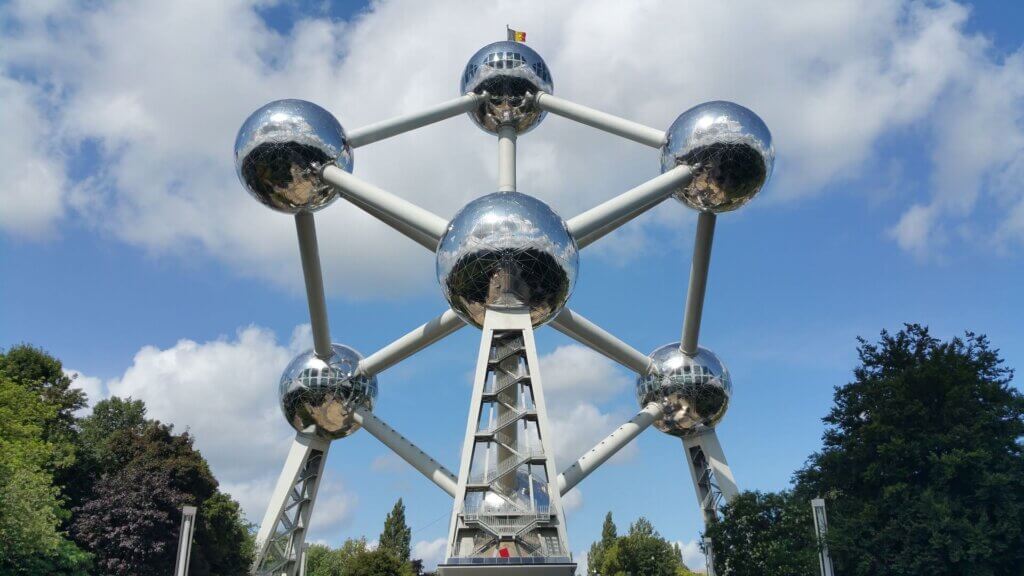
Other Sites of Interest in Brussels
 Château du Belvédère: in Laken, a suburb of Brussels and near the Atomium is this palace, one of the castles of the Belgian Royal Family. Today, it is the residence of the previous king, Albert II, who abdicated to his son and the Queen Mother, Paola of Belgium.
Château du Belvédère: in Laken, a suburb of Brussels and near the Atomium is this palace, one of the castles of the Belgian Royal Family. Today, it is the residence of the previous king, Albert II, who abdicated to his son and the Queen Mother, Paola of Belgium.
Cinquantenaire Park: a huge public park, whose most monumental work, the Triumphal Arch, is a symbol of the prosperity and development of Belgium.
The style of the “U” shaped ensemble, on whose central arch a large sculpture of a chariot can be seen, is impressive and majestic.
Cathedral of St. Michael and St. Gudula: Gothic cathedrals have a mysterious and majestic charm and beauty. An extraordinary example is the Cathedral of St. Michael and St. Gudula.
Like many of the medieval cathedrals, its construction lasted centuries. In this case from 1226 to 1500.
Outside Brussels: Bruges and Ghent
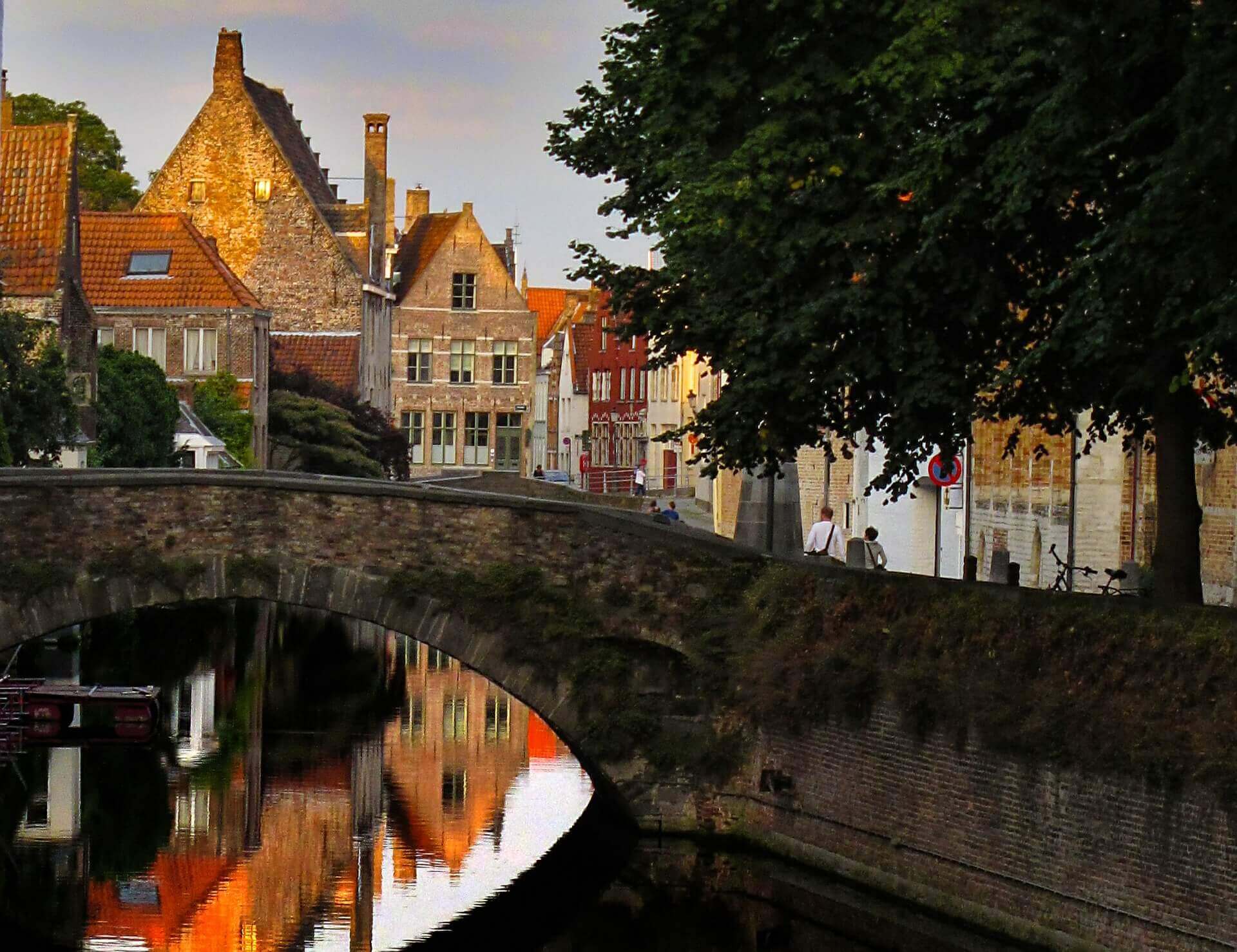 Bruges is located 90 kms from Brussels, about an hour and a half by train. It is an extraordinarily beautiful small town whose historic center has been declared Historical and Cultural Heritage by UNESCO.
Bruges is located 90 kms from Brussels, about an hour and a half by train. It is an extraordinarily beautiful small town whose historic center has been declared Historical and Cultural Heritage by UNESCO.
It is called the Venice of the North, for the large number of canals that may remind a little of Venice, but its architecture, character and personality are very different.
And if your thing is to admire the architecture, you can not miss visiting Ghent, the Flemish capital.
Halfway between Brussels and Bruges, Ghent offers an extraordinary sample of architecture. And it is also an important cultural center, home to annual fairs and festivals of all kinds.
Conclusions
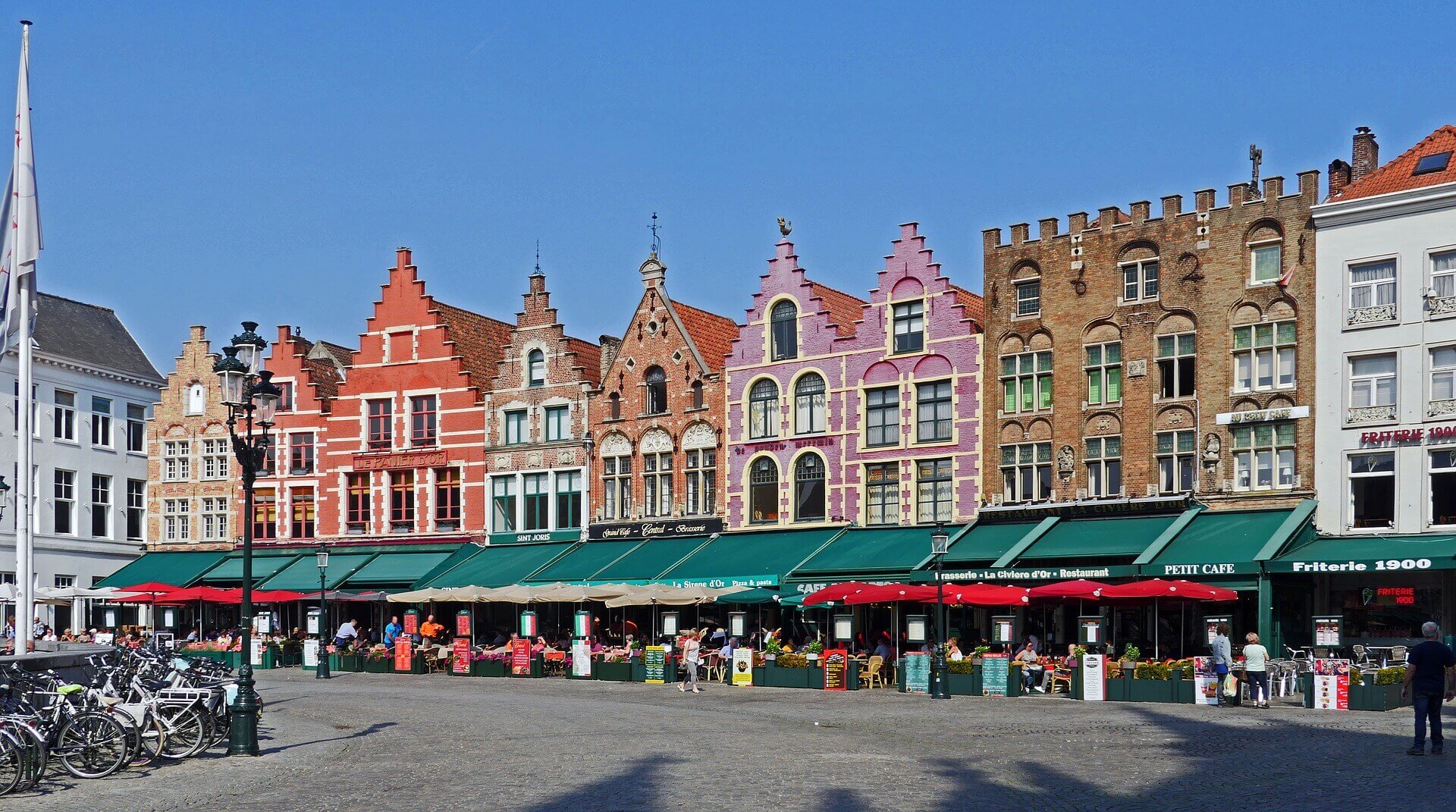 Brussels and the Brussels-Ghent-Bruges axis present an impressive synthesis of what Belgium has to offer. They are very cosmopolitan and cultural cities dating back 1000 years, which gives them a rich and varied history and several times they have been named cultural capitals of Europe
Brussels and the Brussels-Ghent-Bruges axis present an impressive synthesis of what Belgium has to offer. They are very cosmopolitan and cultural cities dating back 1000 years, which gives them a rich and varied history and several times they have been named cultural capitals of Europe
Brussels, without renouncing its long history and conservation of its traditions, looks to the future, settling in the very center of that great political achievement, economic, cultural and social as is the European Union.
